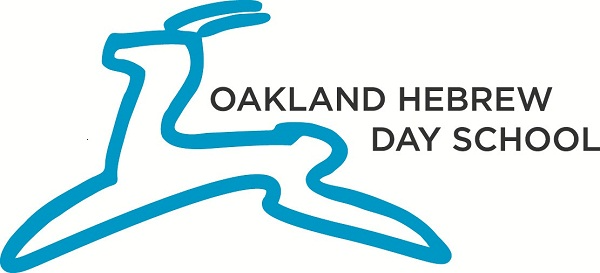Middle School General Studies
-
Humanities
Middle school humanities students delve into the world of literature and history as both readers and writers. Rich book selections provide opportunities for close reading, textual analysis and inquiry-based discussion. Literature also becomes the launch pad for student writing as students support their textual interpretations through thesis driven essays or write their own creative writing as inspired by the techniques of authors they have studied.
Complimenting their study of literature, humanities students learn to think like historians, working with primary and secondary sources to understand multiple interpretations of historical events and time periods. Students are challenged to articulate their nuanced thinking, from literary interpretations to historical analysis through well-articulated evidence-based writing. Through historical texts, primary sources, research projects, novels, short stories, writing, and discussion students:
Engage critically with the world of literature, poetry and informational text
Analyze complex themes through close reading of novels including
Cite textual evidence to support analysis of literature through both discussion and writing
Write literary essays
Conduct in-depth research, take effective notes and produce well-written summaries of information
Evaluate primary and secondary sources by reading like a historian
Write persuasively using arguments with clear claims, reasons and evidence
Write first person and fictional narratives using descriptive details
Engage in collaborative discussions
Create and deliver well-organized informational presentations
Apply acquired grammar and vocabulary skills to write with precision, clarity and coherence
Analyze the impact of geography, socio-political realities, and resources on historical events
-
Math
Middle school math students are placed in the math class that best meets their learning needs. Math classes are taught at the same time and course options include Core Math, Pre-Algebra, Algebra and Geometry. Math instruction focuses on both mastery of essential skills, as well as opportunities to apply mathematical thinking to real world problems. Teachers use a blend of learning modalities including small group instruction, blended learning using online resources, discussion-based learning and collaborative methods.
-
Science
Building on the foundation of the Next Generation Science Standards, the middle school science program develops scientific learning skills through reading, writing, discussion and by engaging students in hands-on demonstrations and labs that help make conceptual understanding more concrete. The emphasis in science instruction is to leverage students’ curiosity through the inquiry process, generating excitement and questions and helping students establish a solid understanding and ability to articulate and apply what they know.
